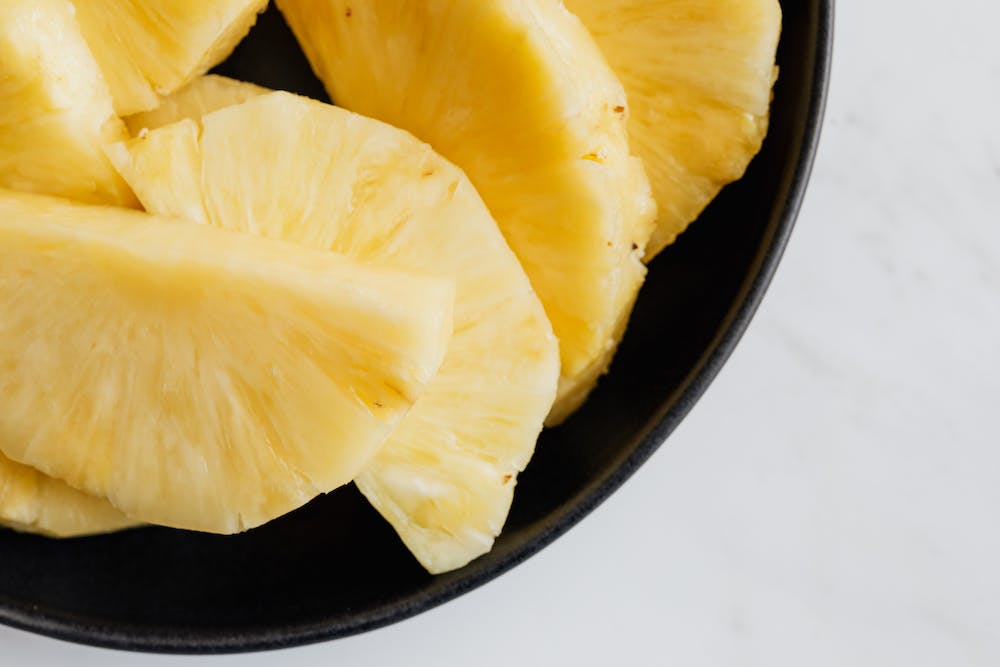Healthy Cooking Oils: Understanding Fats and Choosing the Right Oils for Your Needs
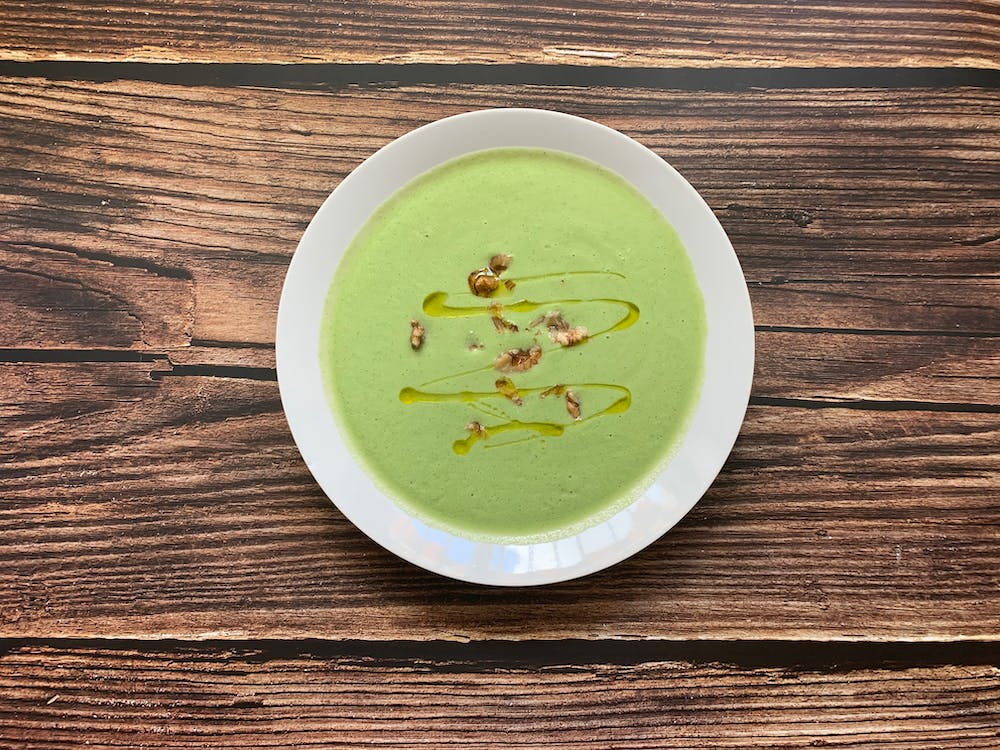 If you’re like me, you love cooking with oils. They add flavor, moisture, and richness to your dishes. But not all oils are created equal. Some oils are better for your health than others, and some oils are more suitable for certain types of cooking than others. In this blog post, I’ll explain the basics of fats and oils, and help you choose the right oils for your needs.
If you’re like me, you love cooking with oils. They add flavor, moisture, and richness to your dishes. But not all oils are created equal. Some oils are better for your health than others, and some oils are more suitable for certain types of cooking than others. In this blog post, I’ll explain the basics of fats and oils, and help you choose the right oils for your needs.
 Fats are essential nutrients that provide energy, support cell growth, and help absorb vitamins. They also play a role in hormone production, brain function, and skin health. However, not all fats are good for you. There are three main types of fats: saturated, unsaturated, and trans.
Fats are essential nutrients that provide energy, support cell growth, and help absorb vitamins. They also play a role in hormone production, brain function, and skin health. However, not all fats are good for you. There are three main types of fats: saturated, unsaturated, and trans.
 Saturated fats are solid at room temperature and mostly come from animal sources, such as butter, cheese, and meat. They can raise your LDL (bad) cholesterol levels and increase your risk of heart disease and stroke. The American Heart Association recommends limiting saturated fats to no more than 5-6% of your total calories per day.
Saturated fats are solid at room temperature and mostly come from animal sources, such as butter, cheese, and meat. They can raise your LDL (bad) cholesterol levels and increase your risk of heart disease and stroke. The American Heart Association recommends limiting saturated fats to no more than 5-6% of your total calories per day.
 Unsaturated fats are liquid at room temperature and mostly come from plant sources, such as nuts, seeds, and oils. They can lower your LDL cholesterol levels and raise your HDL (good) cholesterol levels. They can also reduce inflammation and improve blood pressure. There are two types of unsaturated fats: monounsaturated and polyunsaturated.
Unsaturated fats are liquid at room temperature and mostly come from plant sources, such as nuts, seeds, and oils. They can lower your LDL cholesterol levels and raise your HDL (good) cholesterol levels. They can also reduce inflammation and improve blood pressure. There are two types of unsaturated fats: monounsaturated and polyunsaturated.
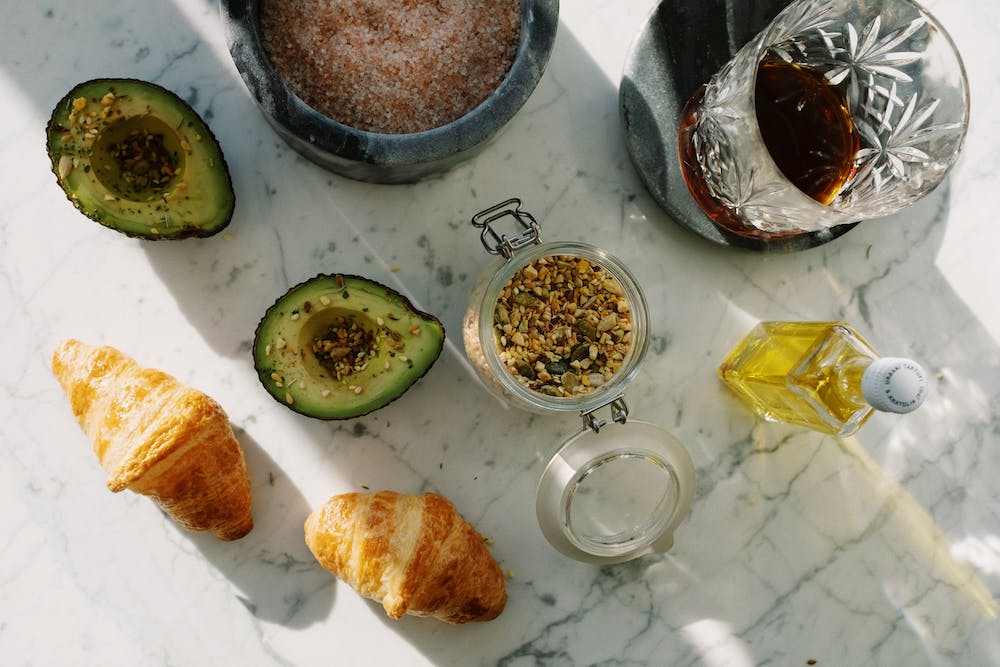 Monounsaturated fats have one double bond in their chemical structure. They are found in olive oil, avocado oil, canola oil, peanut oil, and sesame oil. They are good for cooking at medium-high temperatures, such as sautéing, baking, and roasting.
Monounsaturated fats have one double bond in their chemical structure. They are found in olive oil, avocado oil, canola oil, peanut oil, and sesame oil. They are good for cooking at medium-high temperatures, such as sautéing, baking, and roasting.
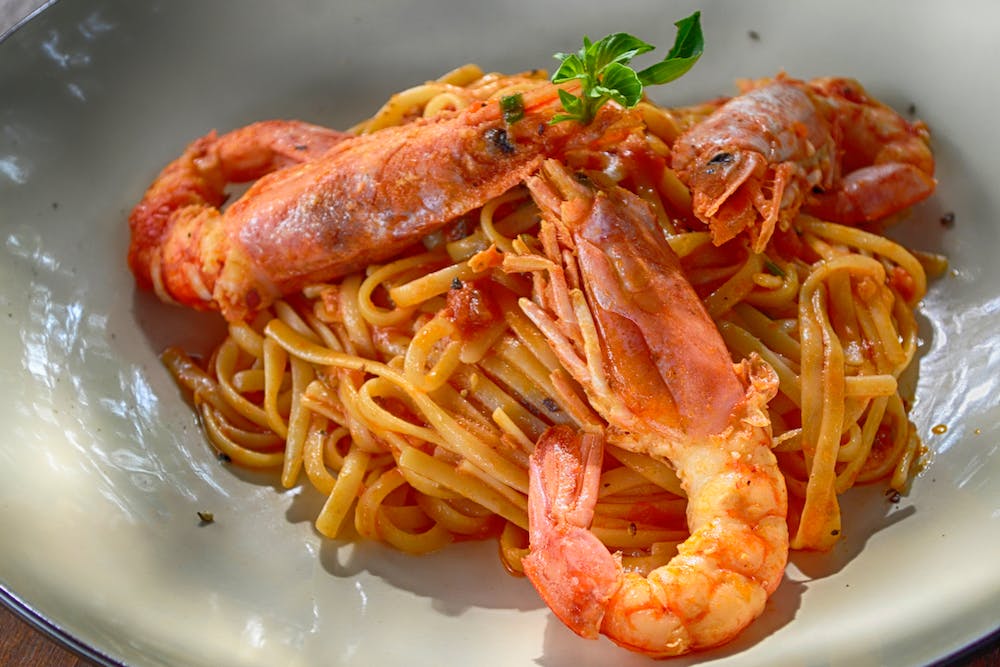 Polyunsaturated fats have more than one double bond in their chemical structure. They are found in sunflower oil, corn oil, soybean oil, flaxseed oil, and fish oil. They are good for cooking at low temperatures, such as dressing salads or drizzling over cooked foods. They also contain omega-3 and omega-6 fatty acids, which are essential for brain and heart health.
Polyunsaturated fats have more than one double bond in their chemical structure. They are found in sunflower oil, corn oil, soybean oil, flaxseed oil, and fish oil. They are good for cooking at low temperatures, such as dressing salads or drizzling over cooked foods. They also contain omega-3 and omega-6 fatty acids, which are essential for brain and heart health.
 Trans fats are artificially created by adding hydrogen to liquid vegetable oils. They are found in margarine, shortening, baked goods, fried foods, and processed foods. They can raise your LDL cholesterol levels and lower your HDL cholesterol levels. They can also increase inflammation and damage blood vessels. The American Heart Association recommends avoiding trans fats as much as possible.
Trans fats are artificially created by adding hydrogen to liquid vegetable oils. They are found in margarine, shortening, baked goods, fried foods, and processed foods. They can raise your LDL cholesterol levels and lower your HDL cholesterol levels. They can also increase inflammation and damage blood vessels. The American Heart Association recommends avoiding trans fats as much as possible.
 So how do you choose the right oils for your needs? Here are some tips:
So how do you choose the right oils for your needs? Here are some tips:
 – Read the labels. Look for oils that are cold-pressed or expeller-pressed, which means they are extracted without using high heat or chemicals that can damage the quality and flavor of the oil. Avoid oils that are refined, bleached, or deodorized, which means they have been processed to remove impurities and improve shelf life.
– Read the labels. Look for oils that are cold-pressed or expeller-pressed, which means they are extracted without using high heat or chemicals that can damage the quality and flavor of the oil. Avoid oils that are refined, bleached, or deodorized, which means they have been processed to remove impurities and improve shelf life.
– Store them properly. Keep your oils in a cool, dark place away from heat and light sources that can cause them to go rancid. You can also refrigerate some oils to extend their freshness, such as flaxseed oil and walnut oil.
– Use them sparingly. Even though some oils are healthier than others, they still contain a lot of calories and fat. A tablespoon of oil has about 120 calories and 14 grams of fat. Use a measuring spoon or a spray bottle to control the amount of oil you use.
– Experiment with different flavors. Oils can add a lot of flavor to your dishes, so don’t be afraid to try new ones. For example, you can use coconut oil for a tropical twist, walnut oil for a nutty taste, or sesame oil for an Asian flair.
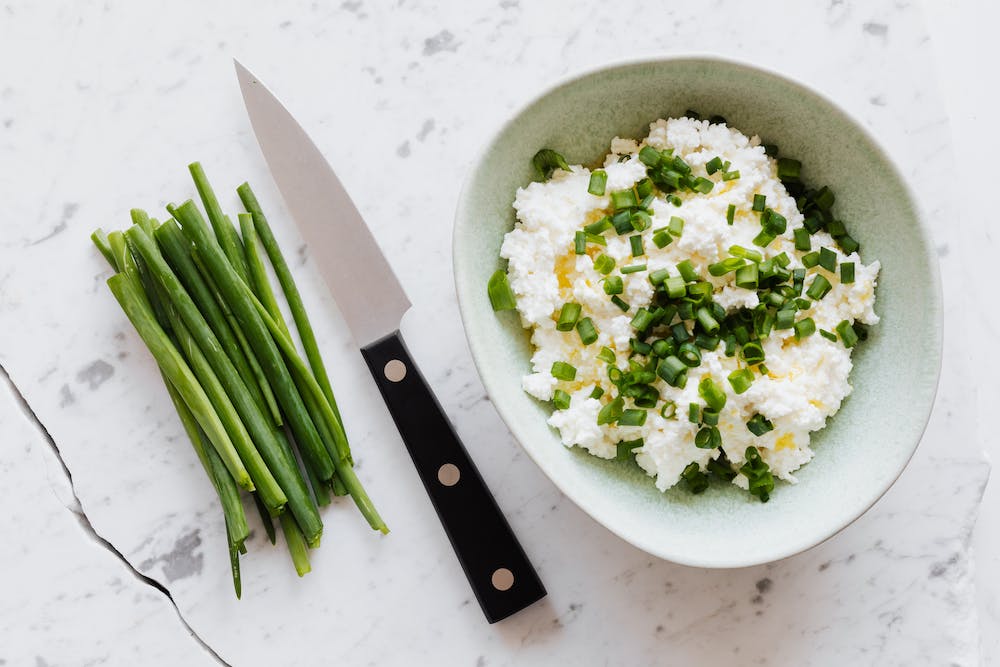 I hope this blog post has helped you understand fats and oils better and inspired you to cook with them more confidently. Remember, moderation is key when it comes to fats and oils. Choose the ones that suit your taste buds and health goals, and enjoy them in small amounts.
I hope this blog post has helped you understand fats and oils better and inspired you to cook with them more confidently. Remember, moderation is key when it comes to fats and oils. Choose the ones that suit your taste buds and health goals, and enjoy them in small amounts.



